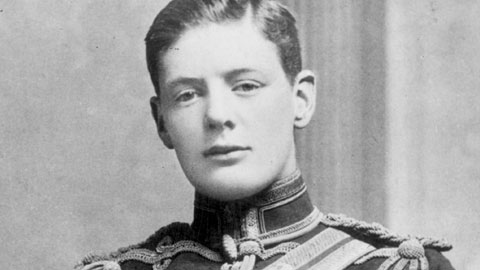Historian and best-selling author Andrew Roberts discusses Winston Churchill’s tortuous political path and the legendary statesman's surprising physical resilience. Churchill survived one house fire, two plane crashes, three car crashes, four bouts of pneumonia during World War II, five wars as a soldier ... and a prison break in South Africa.
There were 1,009 biographies of Winston Churchill before Andrew Roberts published the 1,010th in October last year: Churchill: Walking with Destiny. One of Britain’s best-known and best-selling historians, Mr. Roberts had already written four books with Churchill’s name in the title and his latest work features more pages (1,110) than predecessors. Was there really that much more to be said?
The New York Times titled its review of Mr. Roberts’ book “Is This the Best One-Volume Biography of Churchill Yet Written?” (the Times’ answer: yes). The Sunday Times, Daily Telegraph and The Wall Street Journal gave verbatim assessments in their reviews. The Economist called it one of the best books of 2018.
The Brunswick Review spoke with Mr. Roberts on the US leg of his global book tour, which had featured discussions moderated by political heavyweights—including Karl Rove and Michael Gove—alongside the occasionally bizarre conversation. “A lady in Miami earnestly informed me that she was the reincarnation of Winston Churchill,” Mr. Roberts said. “I inquired a little bit more about this, because obviously I’ve been waiting all my life to meet Winston Churchill. I’ve met him a couple of times in dreams, but then I haven’t actually been able to sort of interview him consciously. Unfortunately, I think she was Churchill’s reincarnation from the last years of his life when, sadly, his mind was wandering a bit, because she didn’t seem to know very much about Winston Churchill when I asked her some questions about him. She did buy three books though, which now that I think about it, might make her self-absorbed.”


